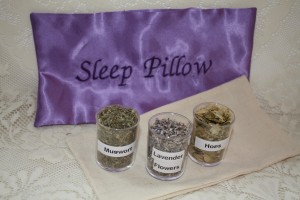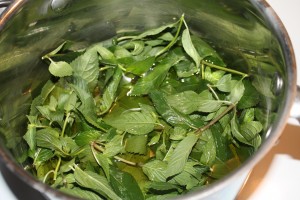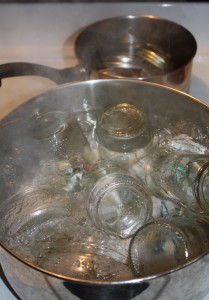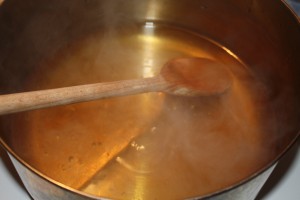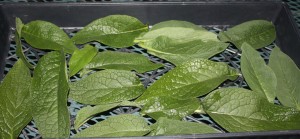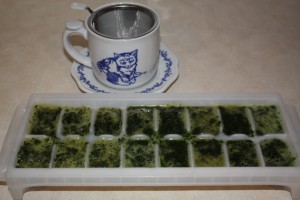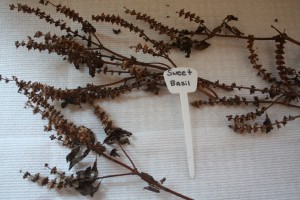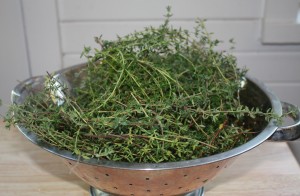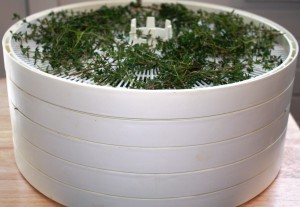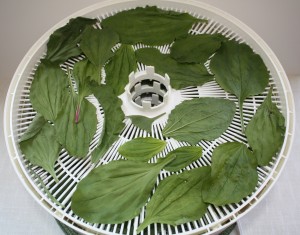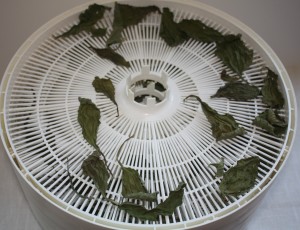Make dream and sleep pillows from dried herbs.
General instructions:
Simple Dream and Sleep pillows can be made with soft fabric with fairly tight weave. Wash the fabric using natural soap such as borax and do not add any fabric softener or dryer sheets. Washing will wash the sizing and smell out of the fabric. Some bags may be filled with batting along with the herbs. Use 100% natural fabric.
Cut two pieces of 5” x 8” rectangles or any size you like to use. This is a great project to use up leftover fabric. What’s important is what inside not the shape. Lay wrong size together and sew one long side seam using about ¼” seam allowance. Hem the top of the bag. Sew the other sides of the bag leaving the hem size open. I use a piece of ribbon to tie around the bag to close.
Casing bag: The top of the bag can fold over top for a casing with the seam open just enough to pull a draw sting through.
Fabrics might include: lining fabric, broadcloth, flannel, soft decorative fabric, and cotton.
Place a small amount of fiber fill inside the bag. Add about ½ to ¾ cup of the herbs.
Closed Bag: You can also make a bag with no opening. Just stitch around the four corners of the bag and leave an opening for filling and turning. It is best to use an inner lining of washed muslin for pillows. Just cut two pieces of muslin slightly smaller than the outside fabric.
Be sure you can get you material inside so the opening should be about 4 inches. Turn the bag inside out, iron and fill with herbs. Stitch the opening close. Place the inner bag inside the outer fabric and stitch close. I like to top stitch all around to catch the inner to the outer so the inner pillow does not shift around.
Place either of the bags inside your sleeping pillow or lay beside you head.
A variety of combinations can be used for these little bags. Some are used to help you sleep, or to dream, or help with headaches, or help you recover from an illness.
Dream Pillow may work because the fragrance activities the memory of the brain.
When making these mixtures, use two or three of herbs mentioned.
For example a classic mixture for Nightmare be-gone is equal parts of rose petals, rosemary, lavender, and hops. Sleep mixture is equal parts of lavender, mugwort and hops, or equal parts of lavender, chamomile, hops, mugwort and rose. Amounts for pillow are about ½ c. herb in each pillow.
- Stress Mixture: Hops, mugwort, sweet marjoram, and lavender
- Get Well mixture: lavender, catnip,
- Dream lover pillow: yarrow flowers, dill leaves, basil, and roses
- Remember dreams: lavender, rosemary, mugwort, catnip, and bay
- Nightmare be-gone: Rosemary, valerian, lemon balm, rose petals, hops, mullein, or lavender.
- Headache be-gone: rosemary, mint, betony, or bay, bee balm flower, roses, lavender, nutmeg or cloves, and a small amount of marjoram.
To retain scent, can add some cellulose chips or vetiver root, a little essential oil may be added as well. Orris root which is used in potpourris is usually considered too sensitive for close breathing. Many are allergic to orris root. Also store bag when not in use in a plastic zipper bag.
Herbs used in making dream and sleep pillows:
- Chamomile: rest, sweet dreams
- Cloves: repel bad dreams
- Dill is known to help with cranky babies
- Hops: restful sleep and healing, sweet dreams
- Lilac (old fashioned garden variety) good for dreams
- Lavender: headaches easing, purification, calming
- Marjoram: relieves depression
- Mugwort: visions and predictive dreams, aids in remembering dreams
- Mullein: repel bad dreams
- Rosemary: avoid nightmares and headaches, folk lore says it retains memory, use sparingly
- St. Johns Wort: banishes spirits
- Lemon Grass: predictive dreams
- Marjoram: relieves depression
- Mint: vivid dreams, alertness
- Rose: Clairvoyance, love
- Thyme: peaceful sleep
- Valerian: deep rest
Word of warning: If you allergic to ragweed you may have reactions to chamomile. Common sage and clary have been used in pillows but other sages should be avoided. Avoid tansy and Artemisia such as wormwood. We do not claim these pillows actually help you sleep or will induce sleep. They are just fun.
Lavender has a strong scent and if strong may not induced sleep, but is used for headaches. Strong herbs such as rosemary and mugwort should be avoided in children pillows. Many pillows are made from hops alone, but hops have an unpleasant smell by itself and smell better with other herbs flowers mixed in equal parts.
These little pillows make great gifts and is a fun way to use many of your dried herbs. If you do not grow all the herbs you can usually purchase them form a good herb store. Just be sure herbs are organic. Always label the pillow with all ingredients. They are not intended as a primary sleeping pillow, but an addition.


